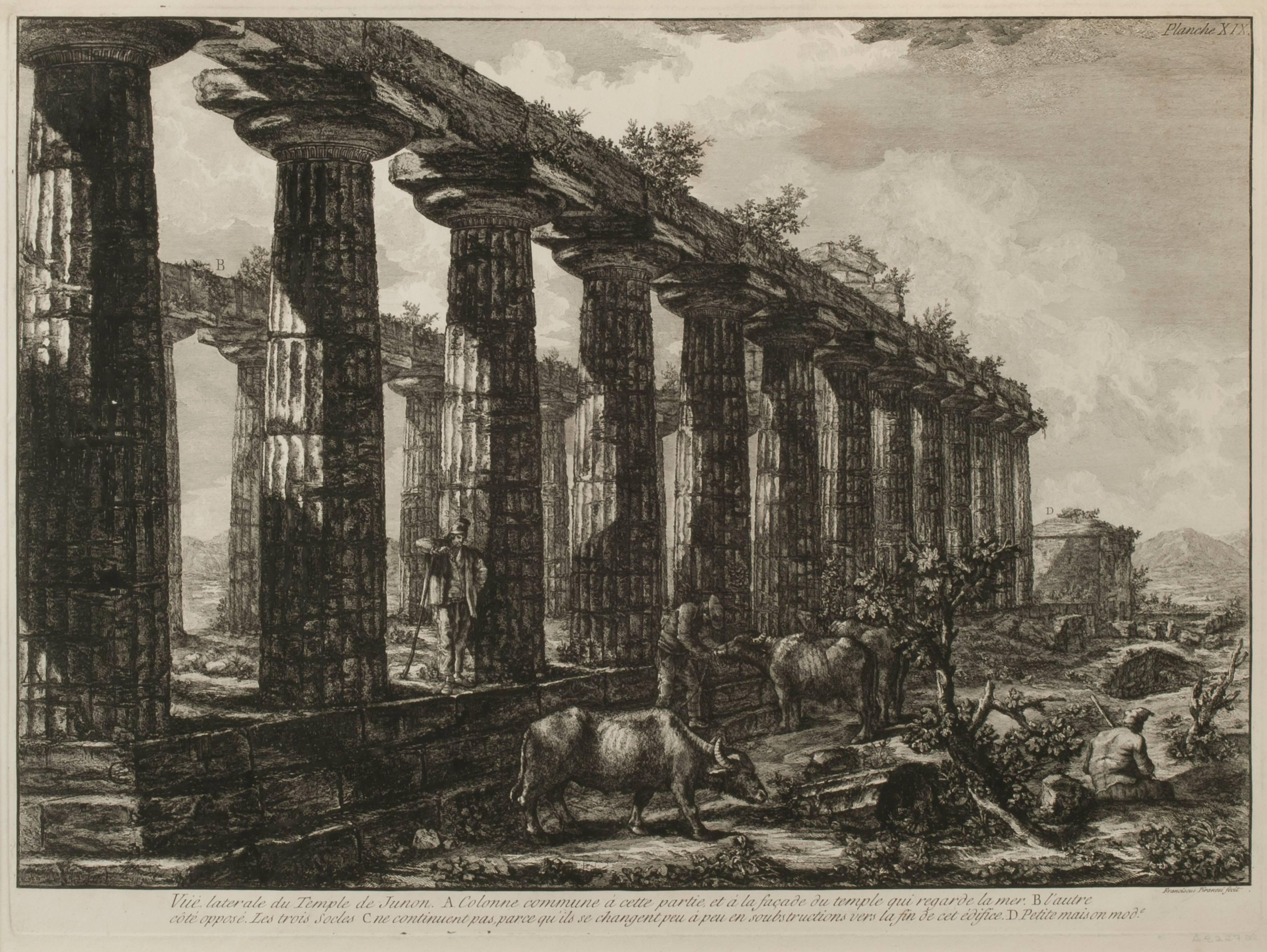
We provide only very high quality prints so we will be grateful if you leave us a feedback after receiving your order.īe sure to check out our shop gallery. **Please note that we will provide only the canvases (giclee) / photo paper, other elements are for illustrative purposes only and are not included**** It will be delivered in a rigid tube to prevent any bending. The image it's printed with a border of 0.6 " (1.5 cm), for framing purposes only If aditional border it's needed, please contact us before placing the order. We're printing on quality canvas, 100 % cotton, 450 gr/sqm, archival matte photo paper, 190 gr/sqm orįine art photo paper satinated (semi-glossy), 140 gr/sqm.
#Piranesi prints colosseum pro
Giclée fine reproduction, using one of the best fine art printer, Epson Stylus Pro with pigmented inks. High quality print on 100% cotton canvas, archival matte photo paper or satinated fine art photo paper, printed with care to preserve the best possible fidelity to the original. In his Anecdotes of painting in England (1771), Horace Walpole praised the ‘sublime dreams of Piranesi, who seems to have conceived visions of Rome beyond what it boasted even in the meridian of its splendour … he has imagined scenes that would startle geometry, and exhaust the Indies to realise.*** UPS delivery, excepting customers from Europe and United Kingdom for which the parcels will be delivered via National Post (Royal Mail, LaPoste, Deutsche Post, PostNL, etc.) ***įind out more Piranesi prints on the following link

They also created – for the artist’s contemporaries and for posterity – an enduringly popular image of the Eternal City. Piranesi’s prints were collected and circulated throughout Europe, helping to foster an appreciation for Roman architecture and give momentum to the classical revival. In the background the Colosseum rises above later Christian churches. The remains of the Temple of Castor and Pollux dominate the right foreground, overwhelming the rustic figures and their herds which populate the view.

The result, combining the artist’s taste for the theatrical and his respect for antiquity, is a grandiose record of the glory that was ancient Rome. In this etching the scale of the buildings has been cunningly amplified, the perspective exaggerated and the sky turned into a menacing patchwork of light and shade. Although his views are founded on intensive archaeological and topographical study, they carry an imaginative force and exuberance that distinguishes them from much 18th-century Neo-Classical work. The ruins of antiquity he saw around him ignited his imagination, and he settled in the city definitively in 1747.


Piranesi first came to Rome in 1740 as draughtsman in the employ of the Venetian ambassador. Piranesi’s formative years were in Venice, where he trained as an architect, however he made his livelihood from his prolific publications.
#Piranesi prints colosseum series
This print is from a series of 135 etchings titled Vedute di Roma, which Piranesi worked on from the second half of the 1740s until his death some 30 years later. With the fall of the Roman Empire the buildings and monuments of the forum were abandoned and despoiled and the site became known as the Campo Vaccino (cow field). The site bears the traces of more than a thousand years of history that forged Roman civilisation. The scene is the Campo Vaccino, also known as the Roman Forum – the heart of social, political and religious life in ancient Rome.


 0 kommentar(er)
0 kommentar(er)
